Hovawart
The Hovawart is a fairly old German dog breed that has been around for about 800 years. Its name consists of two words, “Hova,” which can be translated as “yard” or “farm,” and “wart,” which means “watcher.” It is a clear indication of what the Hovawart's initial purpose was.
These dogs are great and devoted family companions and guardians. They can be a handful and need a firm hand to guide and raise them. If you are looking for a dog breed that is active and great at guarding homes to be your only pet, then the Hovawart might be the breed for you.

Height:
23-28 in (58-71 cm)

Weight:
65-90 lb (30-41 kg)

Origin:
Germany

Life Expectancy:
10-14 years
Dog Breed Characteristics
Appearance
The Hovawart is a large, well-built dog with a slightly elongated back that is significantly longer than the height at the withers. It has a large, long head, a broad, rounded skull, and a distinct stop. The skull is about the same length as the muzzle, which is strong and tapers slightly down the length.
It has tight lips and large teeth that can meet in a scissor or pincer bite. The eyes are oval-shaped and dark brown, and the ears are set high and wide apart, emphasizing the powerful head's size. When relaxed, they lie against the side of the head and can be raised to a semi-erect position, their tips drooping forward.
The Hovawart's neck is moderately long, leading to an elongated back that is straight and firm down. The croup slopes gently to the tail, which is bushy and long, almost touching the ground when at rest. The chest is broad, deep, and long, with a barely perceptible tuck in the abdomen.
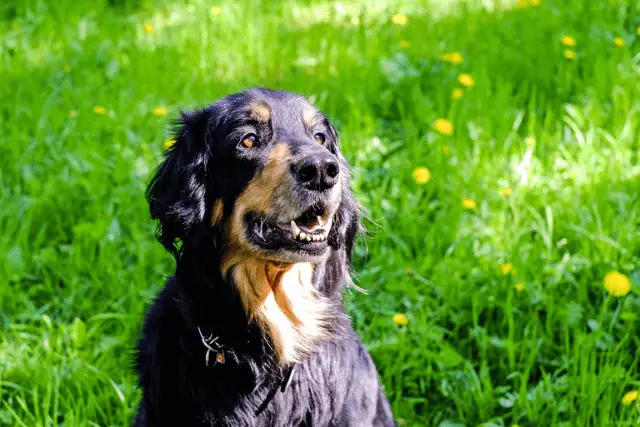
While the forelimbs are upright in profile, the hindlimbs are markedly angulated, reflecting the German Shepherd's contribution to the breed. There is a strong bone structure throughout. The paws are round and compact, and the Hovawart moves with a long stride, with most of the drive coming from behind.
Coat type
The breed's coat is long, slightly wavy, and close to the skin, with a thin undercoat. The chest, abdomen, back of the limbs, and tail all have visible fringing. Even though this breed has very little undercoat, its average amount of shedding makes it unsuitable for allergy sufferers. Because a Hovawart's coat is not too short, they can tolerate and prefer cooler temperatures. Still, they do not handle extreme heat or cold well.
Coat color
The Hovawart coat is available in three different colors. They can be completely blonde, completely black, or black with tan or gold markings.
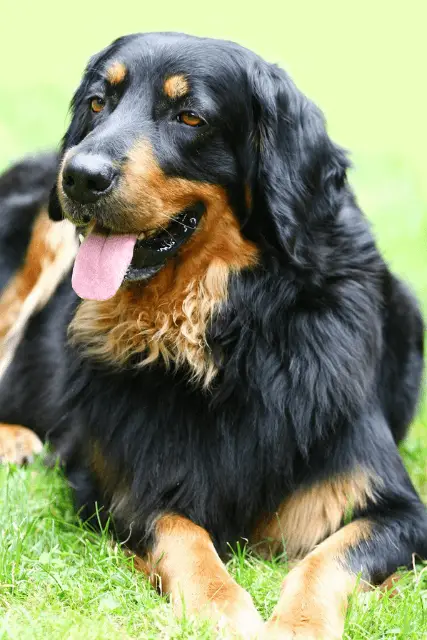
Temperament
The Hovawart is a large, strong dog. Despite their intimidating size, they are even-tempered and loving. Their strongest personality trait is their constant need to defend their territory and protect their pack's beloved human members.
While they are generally quiet dogs, their loud, deep bark will deter any stranger who appears to be a threat. Needless to say, if you hear your Hovie barking, they probably have a good reason, as they aren't a "yappy" breed by any means. They are usually wary of strangers and are skeptical of them. Still, once they see their humans accept this new person, they will gradually begin to relax their guard.
Because these dogs have a very strong and stubborn personality, you should start training them right away. They are not recommended for first-time dog owners because they require someone to be firm, consistent, and act as the pack leader. They learn quickly because of their high intelligence, but their headstrong personality makes them challenging to train. These are not dogs for the faint of heart.
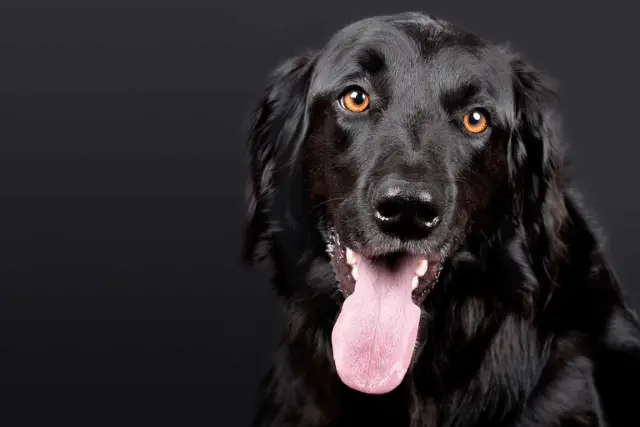
The Hovawart is an excellent companion for both active singles and families. Your Hovawart will thrive in a large, fenced-in yard. They are unsuitable for apartment living and can become destructive due to pent-up energy from living in a small space. They will do well in more rural areas because they have traditionally guarded farms and livestock.
Care guide
Because the Hovawart is a working dog breed, these dogs require a lot of physical activity to stay happy and healthy. They are not necessarily a "needy" breed, but they do require a pet parent who can provide them with the attention they require. The following are the most essential aspects of Hovawart care.
Grooming
The Hovawart's coat should be brushed twice weekly to remove loose hair and prevent matting, but it should only be washed on rare occasions. It is not clipped, so no professional grooming is required. The breed has thick, strong nails that will need to be clipped on occasion.
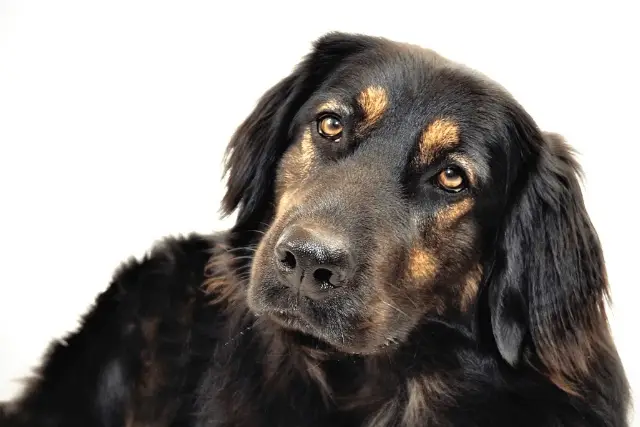
This practice, along with daily tooth brushing, should be introduced at a young age to ensure acceptance by the dog when it is a large, powerful adult. Check your dog’s ears regularly and clean them with dog-safe ear cleaners.
Training
Because the Hovawart is a strong-willed and somewhat independent breed, it is rarely blindly obedient. Unlike other working dogs, it does not live to please. Instead, it thrives when it feels like it is working with, rather than for, its owners.
When training, it is critical to provide tangible rewards in the form of treats and avoid criticizing the dog for failing to follow commands, as this will cause it to become more stubborn and sullen. Instead, if Hovawart loses interest, the owner should stop the training session and restart it later.
Exercise needs
These farm guardians require a lot of physical and mental exercise, as much as two hours per day. Hovawarts enjoy various outdoor activities such as hiking, swimming, tracking, and more, making them an excellent breed choice for active owners looking to take their dogs on new adventures.
Hovawarts excel at canine sports such as agility because of their intelligence. Hovawarts should not be raised as apartment dogs or urban dogs who cannot spend much time outside. They are a large breed with such vigorous exercise requirements.
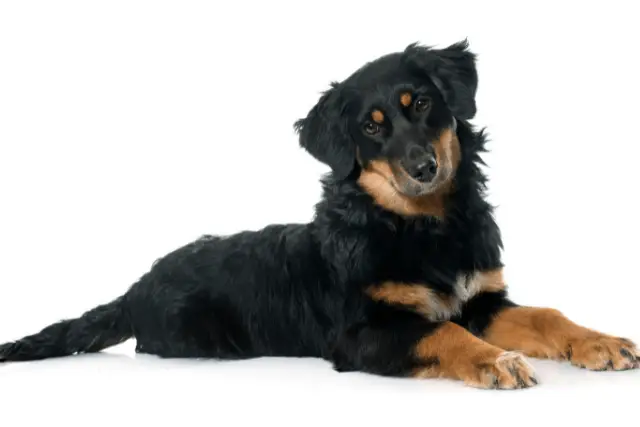
Socialization
The socialization of Hovawart is a critical process. These dogs are suspicious of strangers and were bred to be excellent watchdogs and guard dogs, which can be problematic if they are not socialized at a young age.
Begin taking your Hovawart puppy to busy areas and dog parks as soon as your vet permits and your dog has received all necessary vaccinations. Introduce your dog to strangers and teach them appropriate behavior.
You will get great results with your new Hovawart puppy if you use a lot of treats in both training and socialization.
Hovawart and kids
The Hovawart is an excellent family dog who will get along well with children if properly socialized at a young age. They can become overly protective of children in the home because they see them as members of their pack.
Because of the large size of this breed, it is critical to supervise playtime and ensure that the dog does not get too rough with children.
As with any dog breed, children must always be taught how to appropriately interact with dogs, particularly ones of this size, to ensure that the dog and the child can remain safe.
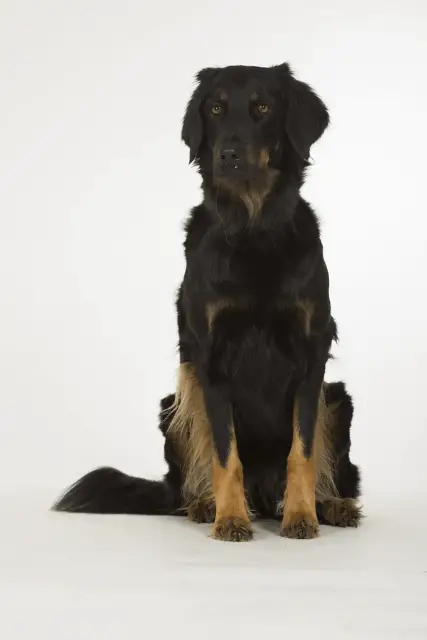
Hovawart and other pets
Hovawarts have a very dominant personality, making it difficult to interact with other dogs. It can be challenging to socialize your Hovawart with other dogs. Still, if you want them to interact with other dogs in the future, you should start as soon as possible during puppyhood.
Hovawarts, on the other hand, get along with cats and other household pets as long as they are socialized at a young age.
Health
Hovawarts have a life expectancy of 10-14 years. Like any other dog breed, they are prone to some health issues that every prospective and current owner should be aware of. Here are some of the health issues veterinarians have observed in this breed.
- Cruciate ligament rupture
- Hip dysplasia
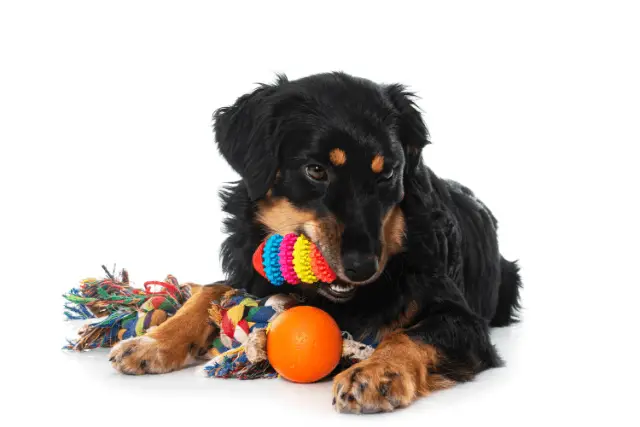
Hovawart breeders
If you decide to purchase one of these dogs, make sure to do so from a reputable and respectable Hovawart breeder. Ask the breeder to show you health certificates from both of the puppy's parents and try to visit the breeder's home if possible.
Check the living conditions of the breeder's breeding dogs and keep an eye on how the breeding dogs interact with the breeder. If their dogs are afraid or suspicious of the breeder, it is best to avoid the purchase.
World Dog Finder team

Updated at31.08.2023.
Breed History
The Hovawart's origins can be traced back to the Black Forest region of southwest Germany, where it was bred in the Middle Ages to protect the local nobility and their property. Its place in German history was firmly established in 1210 when the castle of Ordensritterburg was ransacked and its inhabitants slaughtered. The family's Hovawart, despite being injured, managed to save the lord's infant son by dragging him from a burning building and bringing him to a neighboring castle, demonstrating the breed's selfless and protective nature at such a young age.
Later, in the fifteenth century, as recorded in Heinrich Mynsinger's "The Five Noble Breeds," the Hovawart was used to track criminals. Despite being a useful native breed, the Hovawart gradually fell out of favor, being usurped by breeds such as the German Shepherd, and was all but extinct by the early twentieth century.
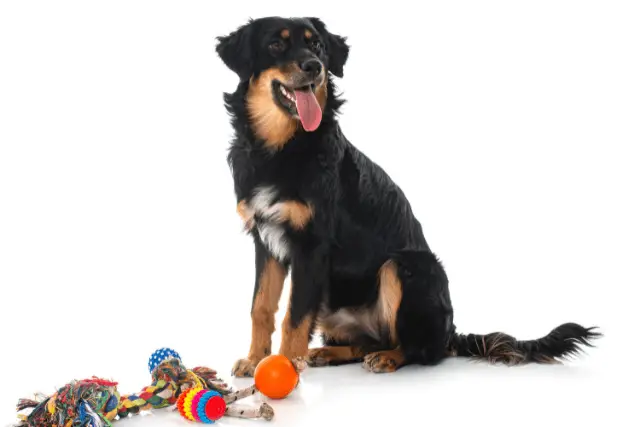
In 1915, a group of enthusiasts led by zoologist Dr. Kurt König set about resurrecting the breed, which may have been more of a hobby than a rescue. The researchers scoured the Black Forest region for local dogs that matched historical accounts of the Hovawart and crossed them with a variety of other breeds, including the German Shepherd, Leonberger, Newfoundland, and even an African Hunting Dog, to create a healthy breeding population.
By 1937, the reimagined Hovawart had become standard enough to be registered with the German Kennel Club. Its utility was quickly recognized, and many of these dogs were drafted for military service in World War II. Unfortunately, that almost resulted in its extinction. Few dogs survived the war, but those who did gradually rebuilt the population. The Hovawart arrived in the United Kingdom in 1980 and was recognized by the Kennel Club two years later. In the US, the Hovawart has remained a rare breed, with only about two to three hundred individuals registered.
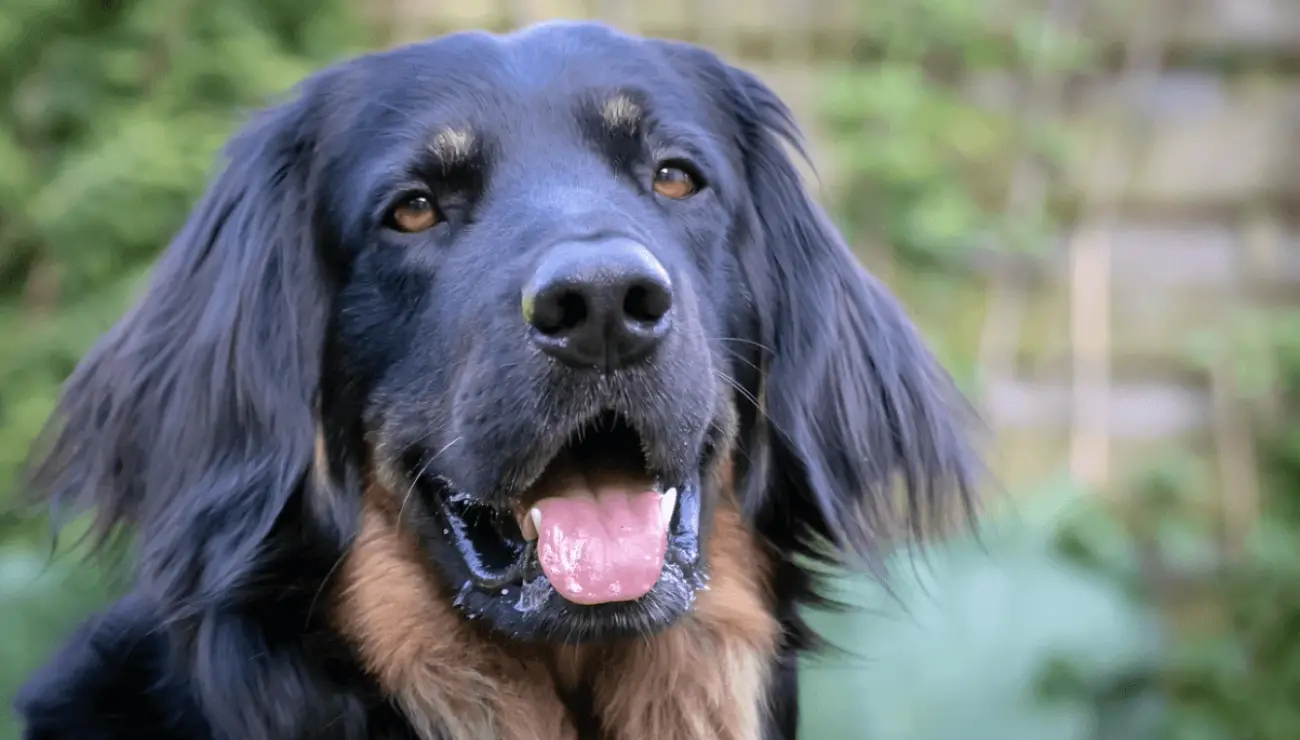
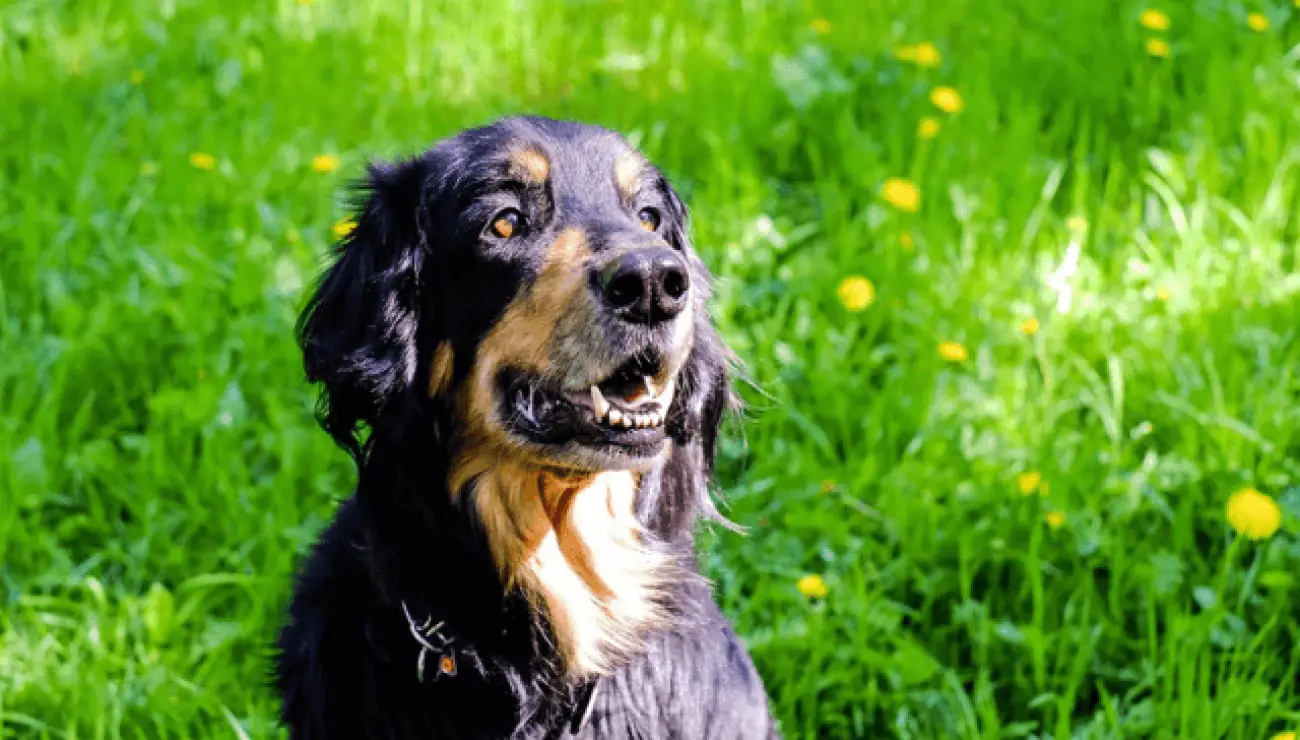
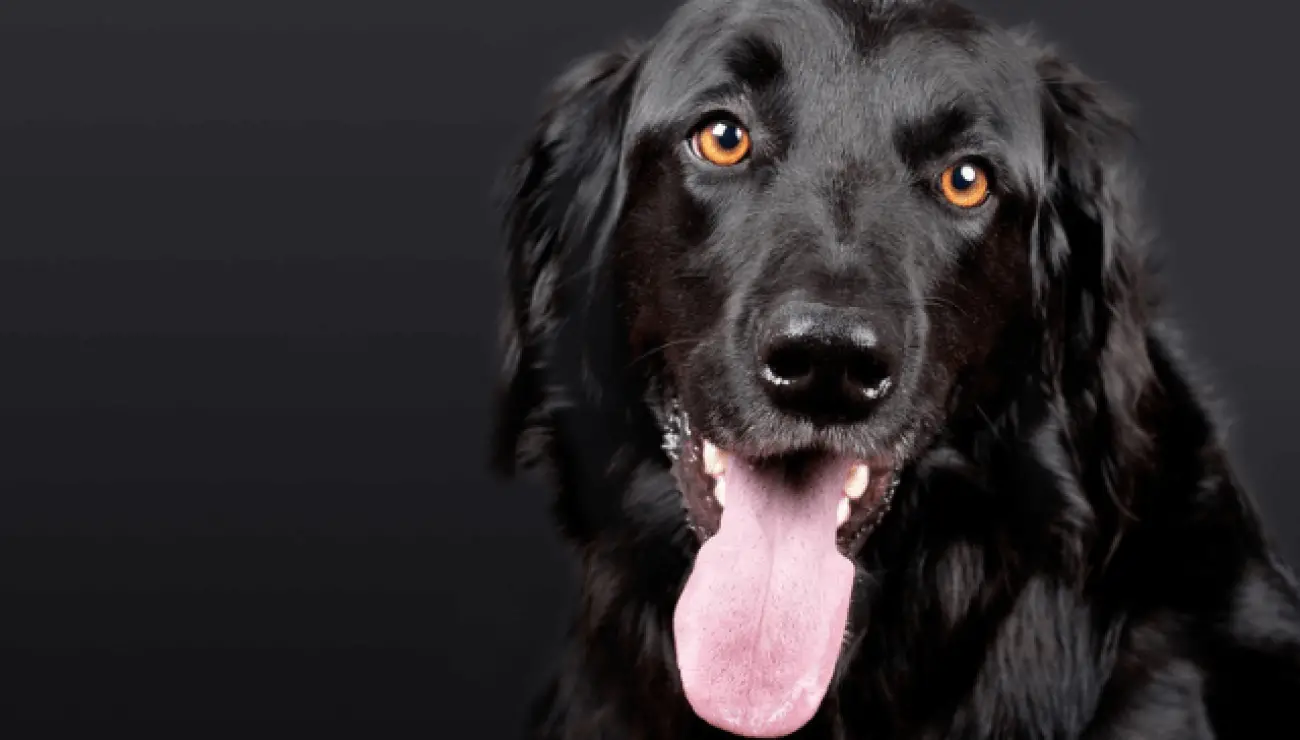
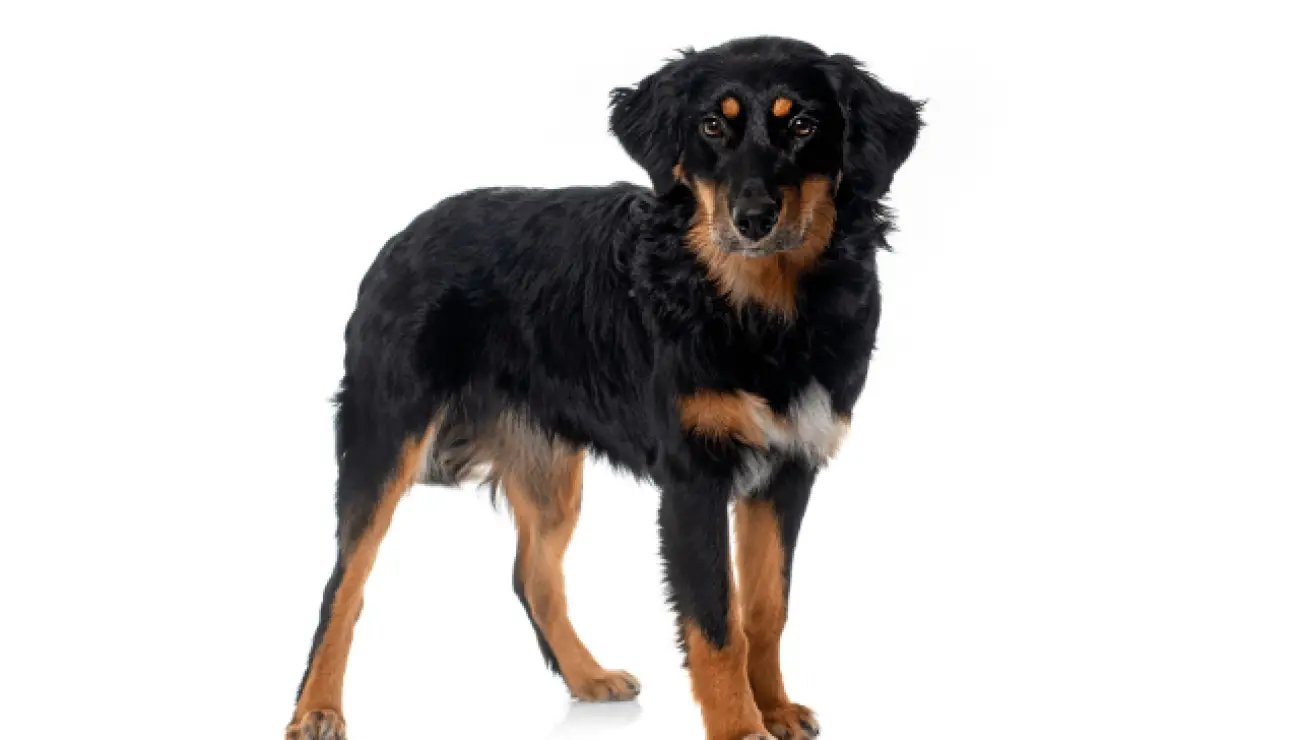
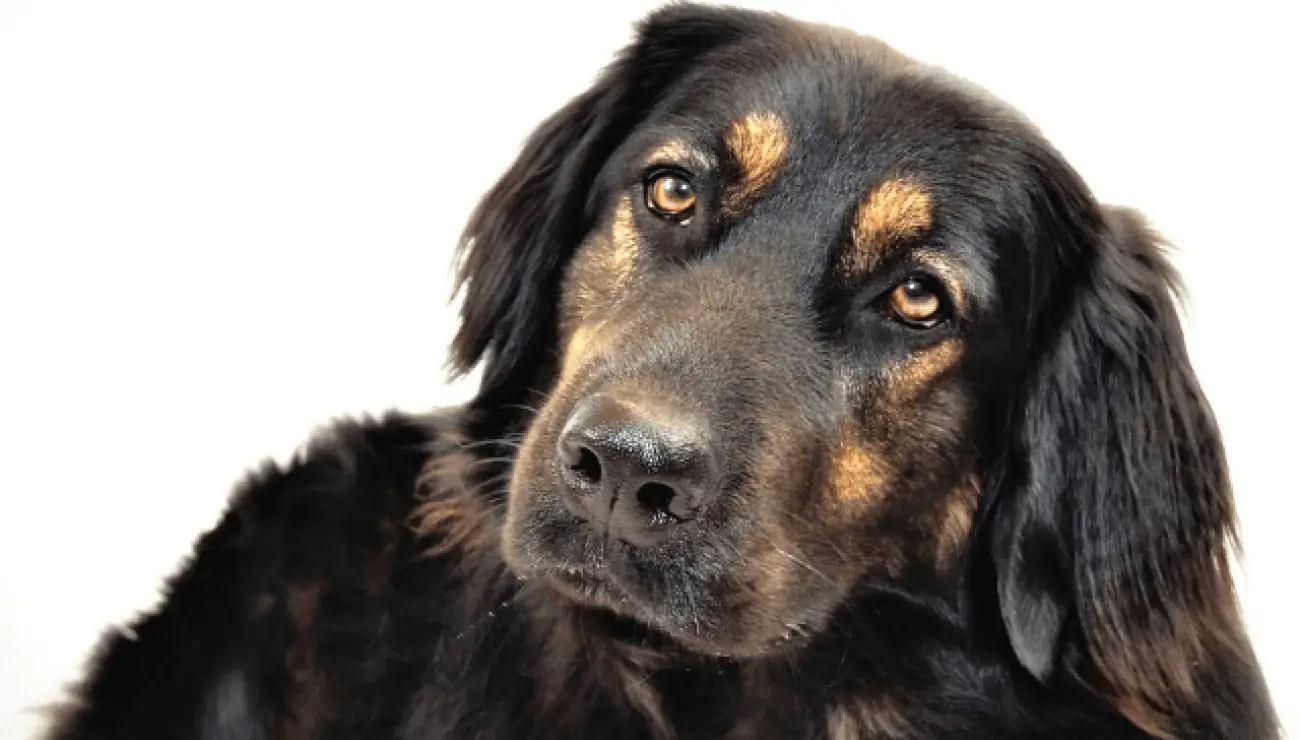
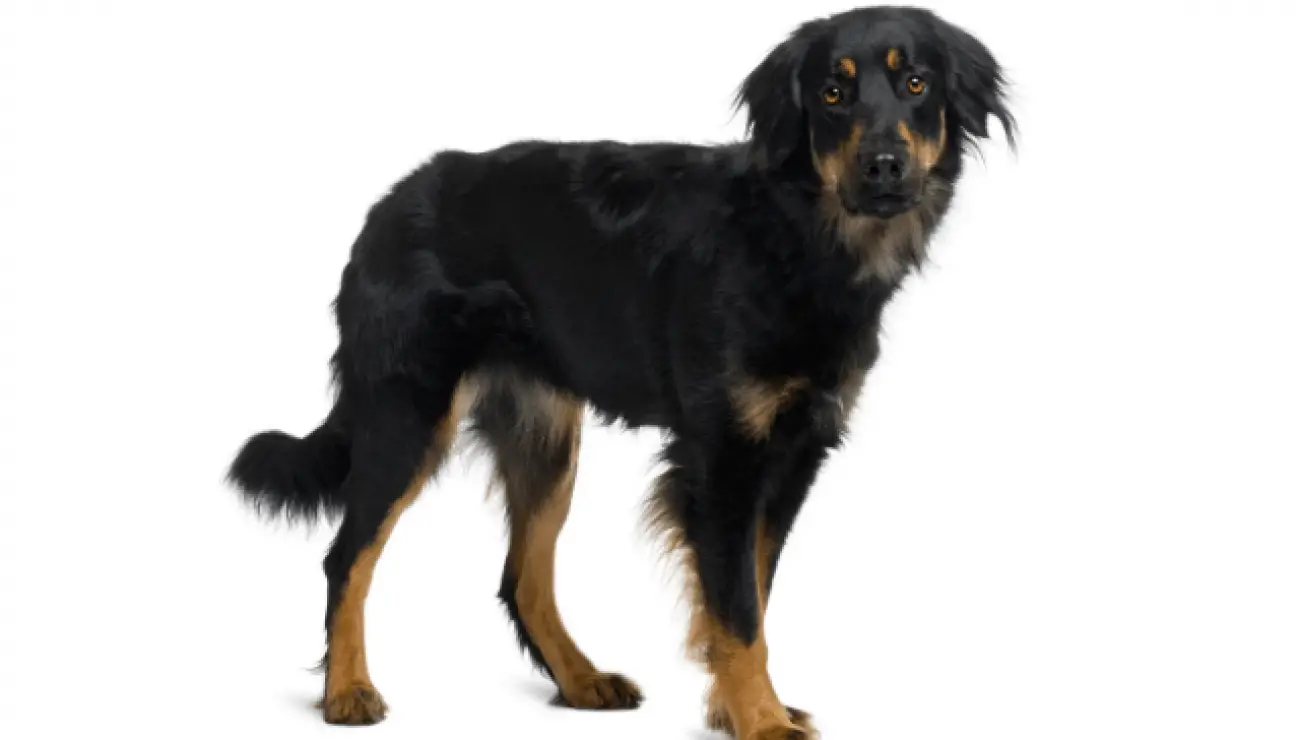
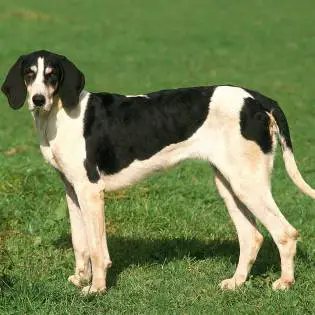
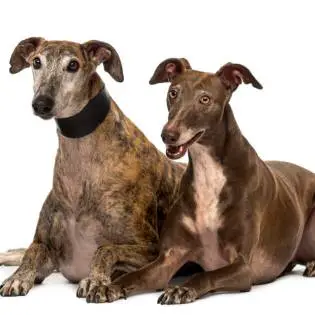
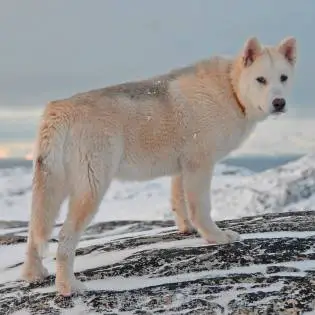
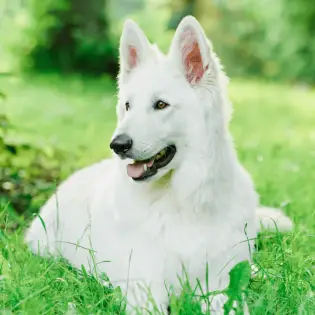
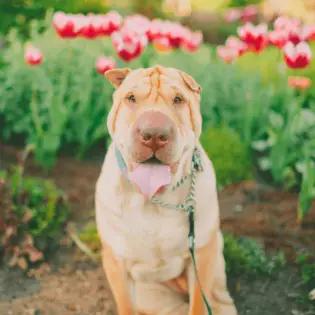
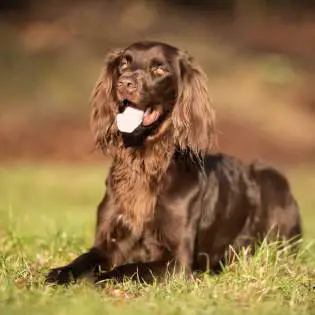
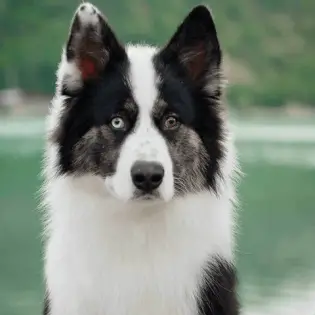

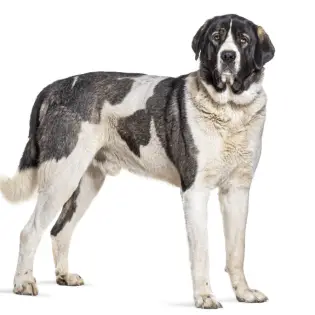
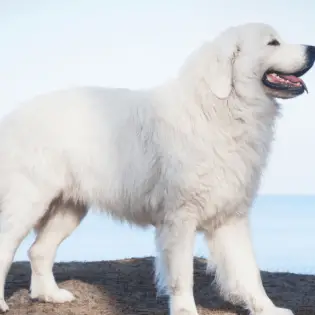

Share